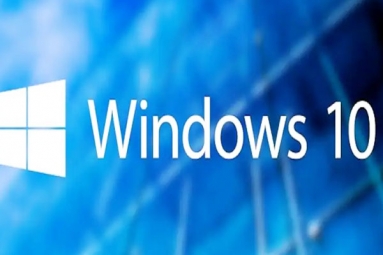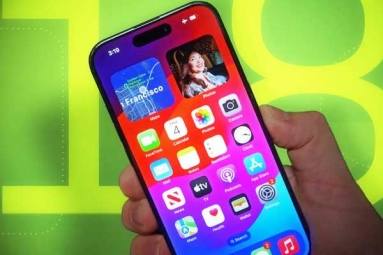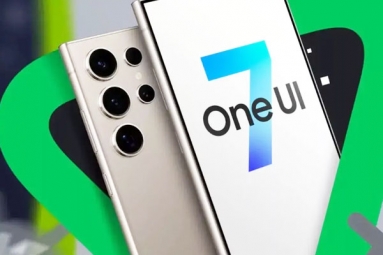
You can not deny the relentless march of technology but you can marvel at some of the absurdities from the past few decades. Here is a bunch of facts and anecdotes that sound so ridiculous, you will question their authenticity.
The QWERTY layout keyboard was designed to slow you down:
There are two theories to this. The first one is about the manual typewriters. If someone typed too fast, the keys would jam. QWERTY placed common alphabets at a distance from each other and slowed typists down.
According to another theory, the telegraph operators designed the QWERTY layout because it was easier and faster to decipher Morse code.
92% of The world's currency is digital:
Only an estimated 8% of currency globally is physical money. This means that most of the money you earn, use to buy goods and services, transact with, and so on exists only on computers and hard drives.
Banks also store electronically and the 92% includes all kinds of transactions done using credit debit cards and wire transfers.
Changing fonts can save printer ink:
All fonts are not created equal. There are different kinds of fonts for all kinds of reasons, like, to convey a message, embellishment, iconography and for decoration. If you use a `lighter' font (with a lighter stroke), you'll use slightly less ink per page. It is based on the prediction that you are only printing with inkjet printers which use the old style cartridges (not ink tanks and toner based laser printers. You will likely save about 10% ink by switching to one of the lighter fonts.
Email existed before the world wide web:
You may not even think before composing a one line email message and sending it. But it was not always so easy. You may like to watch a interesting clip on YouTube: “How to send an Email ¬ Database ¬ 1984". The clip was from a tech TV show called Database.
Domain name registrations were free till 1995:
A company called Network Solutions was granted the rights to charge people for domain names during 1995. It was also expensive. It was costed $100 per two years of registration. As much as 30% of this was a fee that went to the National Science Foundation to create an 'Internet Intellectual Infrastructure Fund'.
In 1956, 5Megabytes (5MB) of data weighed a ton:
IBM launched RAMAC in 1956, the first computer with something like a hard drive that we use today. By hard drive, we mean something that used magnetic disks a moving head was used to access and write that data.
At the time, it was considered a massive leap in mass storage technology because it signified a shift: From punch cards and magnetic tape which stored data sequentially to randomly accessible hard drives.
Russia built a computer that ran on water in 1936:
Computers had a much more visible system of counting, before the miniaturization of transistors. Things such as beads, gears, pivots and levers were often used and they needed some sort of power source to function.Vladimir Lukyanov built something like this in 1936 but he used water to create a computer that solved partial differential equations.
Nandini










